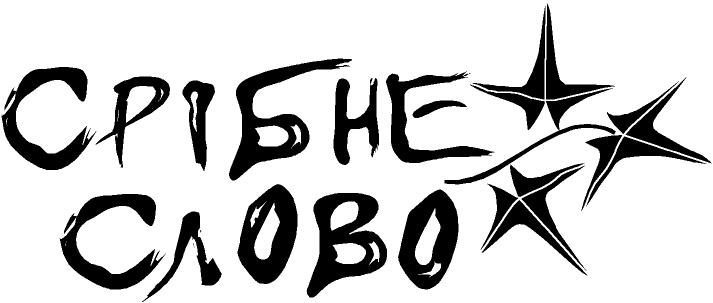- Рубрики
- Філософія, психологія, педагогіка
- Історія
- Політика, право
- Економіка
- Математика
- Фізика
- Хімія, хімічна технологія
- Біологія, валеологія
- Геодезія, картографія
- Загальнотехнічні науки
- ІТ, комп'ютери
- Автоматика, радіоелектроніка, телекомунікації
- Електроенергетика, електромеханіка
- Приладо-, машинобудування, транспорт
- Будівництво
- Архітектура, містобудування
- Мовознавство
- Художня література
- Мистецтвознавство
- Словники, енциклопедії, довідники
- Журнал "Львівська політехніка"
- Збірники тестових завдань
- Книжкові видання
- Наукова періодика
- Фірмова продукція
Kateryna Hushchyna, Tri Nguyen-Quang Using the Modified Redfield Ratio to Estimate Harmful Algal Blooms
USING THE MODIFIED REDFIELD RATIO
TO ESTIMATE HARMFUL ALGAL BLOOMS
Kateryna Hushchyna, Tri Nguyen-Quang
Biofluids and Biosystems Modeling Lab (BBML)
Faculty of Agriculture, Dalhousie University, Canada
Tel: (902) 893-6711 Fax: (902) 893-1859
tri.nguyen-quang@dal.ca
Received: 25.06.2017
© Hushchyna K., Nguyen-Quang T., 2017
Abstract. Many waterbodies across Nova Scotia (Canada) have been experiencing algal blooms occurring in large numbers and diversity, without knowledge or understanding about their causes and effects. Algal blooms have appeared in Mattatall Lake (ML) and other lakes of the province in recent years. ML experienced severe algal blooms in 2013. During the fall of 2014, massive algal blooms appeared in ML, and persisted until late December 2014. The blooms have a pattern of being nontoxic in the summer and potentially toxic in the fall-winter season, with nutrients increasing on a monthly basis. This phenomenon is unusual as algal blooms have not been known to last until the winter season or coexist with icy conditions. The dominant species in this bloom was identified to be Anabaena planctonica (Dolicospermum planctonicum) with a cell count around 250 000 cells/mL, which may produce the neurotoxin Anatoxin-a. This cell count is approximately two and a half times higher than the alert level 2 guideline from World Health Organization’s drinking water standards (WHO, 2003).
The goal of this paper is to use an index (Modified Redfield Ratio, hereafter called MRR) to estimate the HAB occurrence the Mattatall lake (Nova Scotia, Canada), served as a pilot site for our pioneering systematic study in order to evaluate the recent bloom phenomena in the entire province of Nova Scotia.
Key words: Cyanobacteria, Harmful Algal Blooms (HAB), Modified Redfield Ratio (MRR), Mattatall lake.
Кількість посилань 11


















